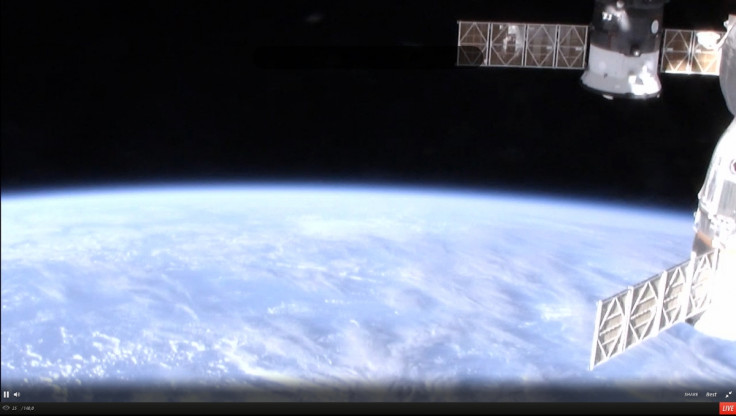Watch HD Video Stream of Earth from the International Space Station Live Online Now

Have you always wanted to see what the Earth looks like from space but don't fancy doing the same trip Sandra Bullock did in the film Gravity? Well now you can, by tuning into a live HD video feed from the exterior of the International Space Station (ISS).
The High Definition Earth Viewing (HDEV) experiment consists of four commercially available HD cameras in special pressurised and temperature controlled housing that have been mounted on the External Payload Facility of the European Space Agency's Columbus module.
The live stream is available 24 hours a day to the public and aims to test how the space environment affects video equipment and video quality, which will be helpful when planning for future missions.
High school students in the US helped to design some of the video components of the HDEV as part of the High Schools United with NASA to Create Hardware (HUNCH) programme and student teams are helping to operate the experiment.
The ISS is in low Earth orbit at an altitude about 433km away from the Earth.
It takes 90 minutes for the ISS to orbit the Earth just once. In a single orbit, it will pass over the north and south hemispheres into 60 minutes of daylight and 30 minutes of night.
When the ISS passes over an area of the Earth that is currently in night time, it will not be possible to see the video images (the screen will be black) and likewise when there is a loss of signal, and the screen will be replaced with a grey colour slate.
It's quite a fascinating way to explore the Earth from your armchair that tops Google Earth, and you can monitor where the ISS is right now by using the real-time Ground Tracker.
If the feed appears in darkness, you know that you have at most 30 minutes to wait before you can see images again, provided the cameras are in action.
The HDEV live stream was launched two days ago on 30 April and you can tune into it live here and join in a live chat with other space enthusiasts.
Even better, if you listen carefully, you might hear astronauts having a conversation with Nasa mission control.
We've just heard them discuss whether a DVD they've found needs to be sent back down with SpaceX Dragon on its return, and they also let Houston know when the video signal will be back on.

© Copyright IBTimes 2025. All rights reserved.






















